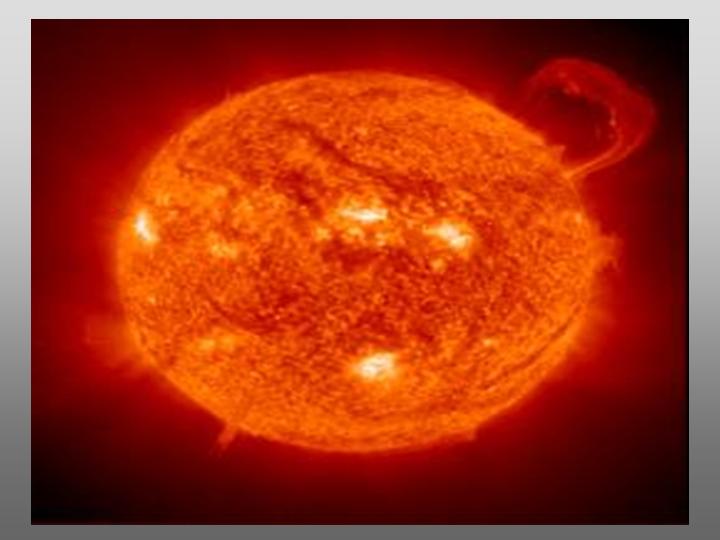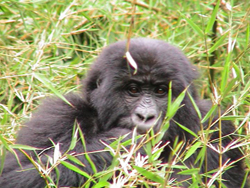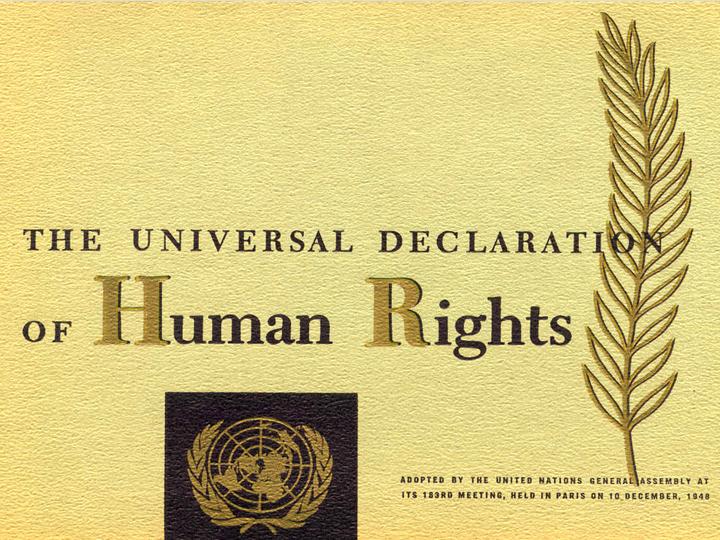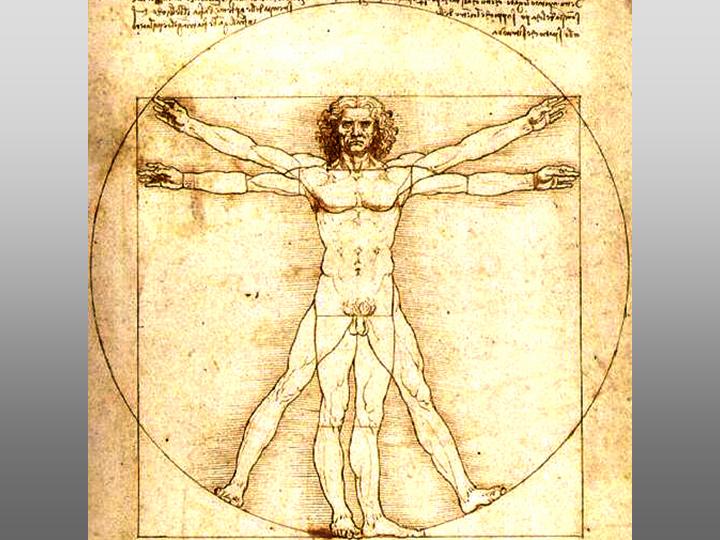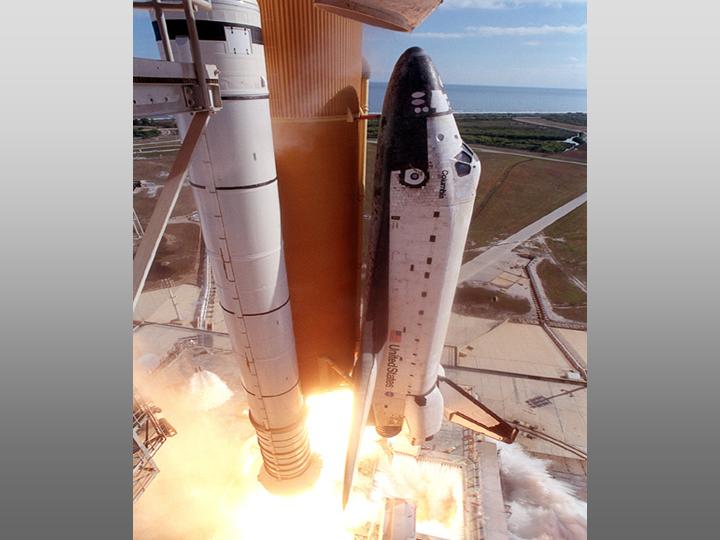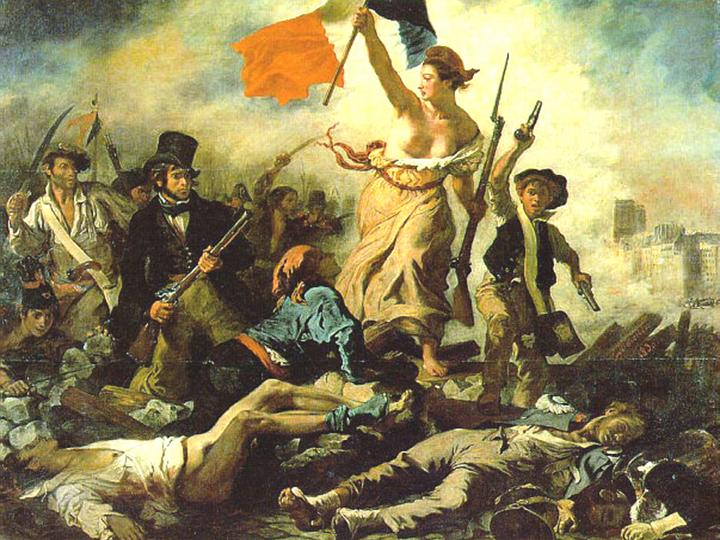Home
 10 Pillars 10 Pillars  Map Map  Tree Tree
 Rationale Rationale
 Forum Forum
 About About
 Terms Terms
 Contact Contact
|
Search
top academic & professional resources |
||||||||||||||||||||||||||||||
 Tree: Technology |
Loading
|
||||||||||||||||||||||||||||||
|
|||||||||||||||||||||||||||||||
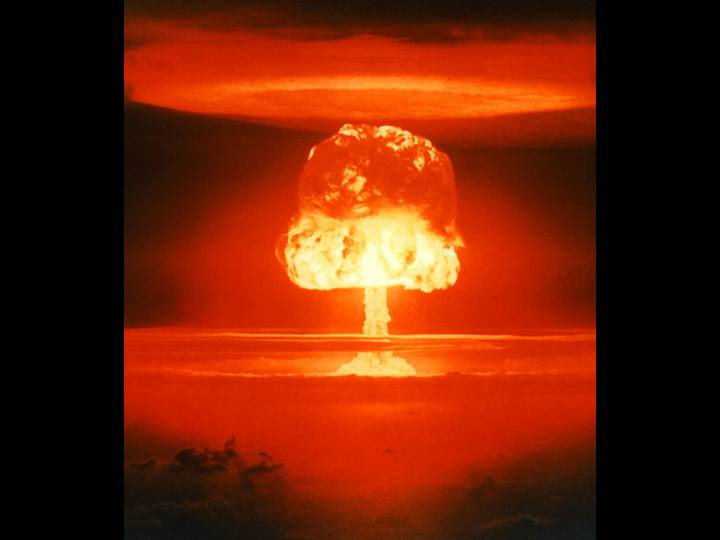 © 1.
Theory (64)
© 1.
Theory (64) Philosophy of
Technology
Philosophy of
Technology History of Technology
History of Technology
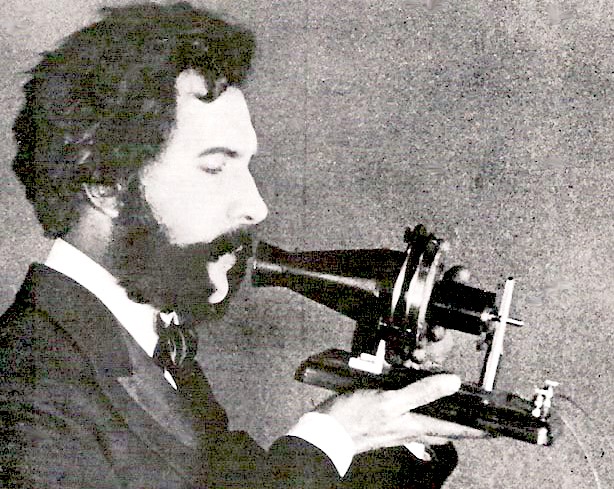 © 2. Professions
(65)
© 2. Professions
(65) Engineering
Engineering 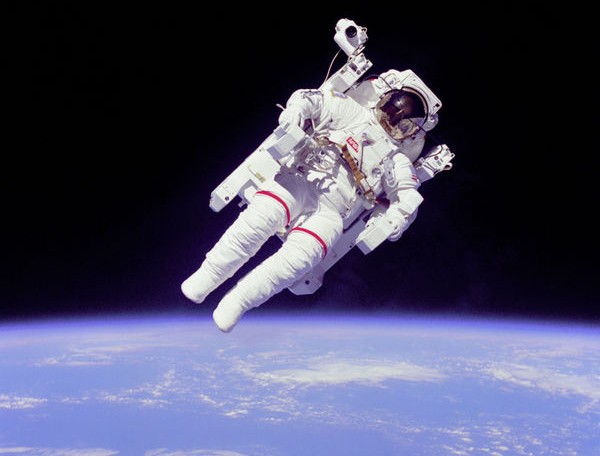 © 3. Technologies
© 3. Technologies 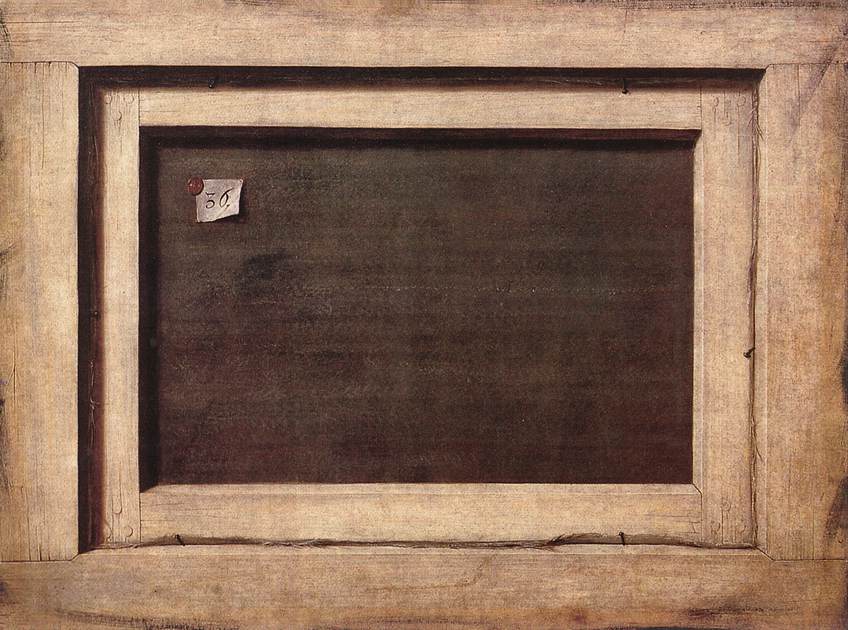 © (1)
Sciences (66)
© (1)
Sciences (66)  Artificial intelligence
Artificial intelligence
 Biotechnology
Biotechnology
 Computer Science
Computer Science
 Materials
Science
Materials
Science  Nanotechnology
Nanotechnology
 Nuclear
Technology
Nuclear
Technology
 © (2) Needs
& Activities (67)
© (2) Needs
& Activities (67) Educational
Technology
Educational
Technology
 Food
Technology
Food
Technology
 Information
Technology
Information
Technology  © (3) Materials (68)
© (3) Materials (68)  Ceramic
Technology
Ceramic
Technology
 Glass
Technology
Glass
Technology
 Iron
Technology
Iron
Technology  Mineral
Technology
Mineral
Technology Wood
Technology
Wood
Technology
 © (4) Processes (69)
© (4) Processes (69) Cutting
Technology
Cutting
Technology
 Freezing
Technology
Freezing
Technology 
Its tragic loss on returning to earth on February 1 was a reminder that the sky is indeed the limit (C. Zins, 2011).
 Temporary image [Reverse Side of a Painting, Cornelis Gysbrechts, 1670; Statens Museum for Kunst, Copenhagen.]
Temporary image [Reverse Side of a Painting, Cornelis Gysbrechts, 1670; Statens Museum for Kunst, Copenhagen.] Technology,
in its broadest meaning, is the physical objects, methods, and
processes created and used by humans for practical and functional
purposes. The term “technology” refers in pillar 9 to human-based
technology. Animal-based technology is studied by the biological
sciences (see cat. 5.2)
Theory (cat. 9.1) explores the philosophy and history of technology.
Professions focuses on technology-based professions, mainly engineering.
Technologies explore the diversified human-based technologies. They include the body of knowledge related to all the discovered, invented, developed, and used technologies in all civilizations throughout human history. The category encompasses human-made physical objects and processes, research methodologies, scientific applications, and production techniques. It embraces the computer you use, the chair you sit on, the glass you hold in your hand, and the bread you eat.
Division. Human-based technologies are divided into four main sub-categories: sciences (9.3.1), needs and activities (9.3.2), materials (9.3.3), and processes (9.3.4). Classifying technologies by the four characteristics emerges as the most significant classification and represent established fields of knowledge.
Sciences explores technologies that are grounded in and centered on specific sciences. These technologies are the technological counterparts of the related sciences. In fact, all the natural and life sciences presented in pillars 3 through 6 (e.g., physics, chemistry, astronomy, geography, geology, agriculture, biology, veterinary, medicine) and mathematics have technological counterparts.
Needs and activities explores technologies that center on specific human needs and activities. These technologies are the technological counterparts of the related sciences. In fact, many social sciences and humanities presented in pillars 1, 2, 7, 8, and 10 (e.g., information science, museology, mysticism and religion, security, education, transportation, communication, recreation and sports, the arts, history, and archaeology) have technological counterpart
Materials explores technologies centered on specific natural or human-made materials that are used for diverse purposes.
Processes explores technologies centered on specific processes that are used for diverse purposes. (C. Zins, 2011).
Theory (cat. 9.1) explores the philosophy and history of technology.
Professions focuses on technology-based professions, mainly engineering.
Technologies explore the diversified human-based technologies. They include the body of knowledge related to all the discovered, invented, developed, and used technologies in all civilizations throughout human history. The category encompasses human-made physical objects and processes, research methodologies, scientific applications, and production techniques. It embraces the computer you use, the chair you sit on, the glass you hold in your hand, and the bread you eat.
Division. Human-based technologies are divided into four main sub-categories: sciences (9.3.1), needs and activities (9.3.2), materials (9.3.3), and processes (9.3.4). Classifying technologies by the four characteristics emerges as the most significant classification and represent established fields of knowledge.
Sciences explores technologies that are grounded in and centered on specific sciences. These technologies are the technological counterparts of the related sciences. In fact, all the natural and life sciences presented in pillars 3 through 6 (e.g., physics, chemistry, astronomy, geography, geology, agriculture, biology, veterinary, medicine) and mathematics have technological counterparts.
Needs and activities explores technologies that center on specific human needs and activities. These technologies are the technological counterparts of the related sciences. In fact, many social sciences and humanities presented in pillars 1, 2, 7, 8, and 10 (e.g., information science, museology, mysticism and religion, security, education, transportation, communication, recreation and sports, the arts, history, and archaeology) have technological counterpart
Materials explores technologies centered on specific natural or human-made materials that are used for diverse purposes.
Processes explores technologies centered on specific processes that are used for diverse purposes. (C. Zins, 2011).
Post your comments now!
| 中 文 English Français Deutsch עברית 日 本語 नेपाली Polski Português Română русский Српски Español More.... |
a must for your library
Chaim Zins, Knowledge Mapping Research, 26 Hahaganah St. Jerusalem, 97852 tel: 972-2-5816705 chaim.zins@gmail.com


